Country Life's Favourite Dogs: Norfolk terrier
This week, as we continue our series on Britain’s favourite dogs, we meet the plucky Norfolk terrier


Favourite dog: Norfolk terrier Vital statistics (top trumps) Height 2/10 Looks 7/10 Obedience 6/10 Intelligence 8/10 Loyalty 8/10
Norfolk terriers are among the smallest of the working breeds, standing just 25cm high at the withers. But don't be fooled by their size - these little dogs think big, and have huge personalities.
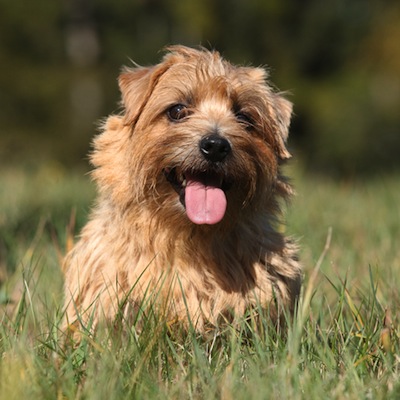
Compact and completely fearless in the face of danger, it's easy to see why Norfolks were highly prized for their ratting abilities, as well as their willingness to bolt foxes if required. And although today the vast majority of them lead quiet lives, their plucky spirit remains: the breed standard states that ‘honourable scars from fair wear and tear' are acceptable.
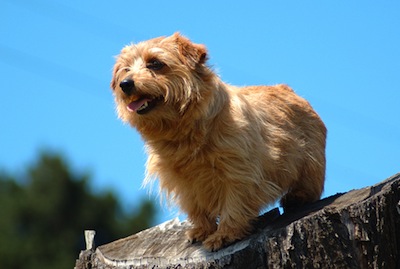
During the 19th century, East Anglian countrymen developed a new type of terrier to keep the rat population down by crossing dogs including Glen of Imaals, red Cairn terriers and Dandie Dinmonts. The game little animals that resulted were drafted in by Cambridge undergraduates to catch rats around the colleges - they became briefly known as ‘Cantab terriers', then ‘Trumpington terriers' after one of the city's main thoroughfares. After several more decades of careful breeding, they were accepted onto the Kennel Club's books in 1932
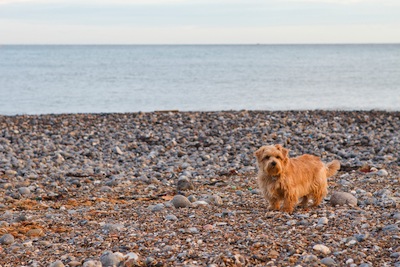
Norfolks are often confused with their close relatives Norwich terriers. In fact, the latter wasn't recognised as a separate breed until the 1960s. But there's an easy way to tell them apart: a Norfolk terrier's ears will drop forward at the tip, but a Norwich terrier's will prick up.
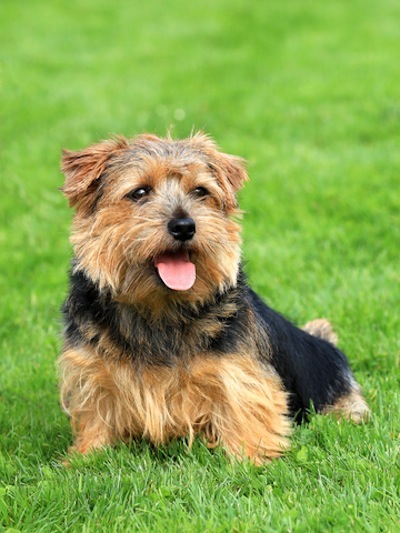
At home, the Norfolk terrier is very family-oriented - the breed standard praises its ‘lovable disposition', and, for the most part, they adore children. Boisterous games that bring ratting instincts into play always go down well, and when they are young in particular anything which could have a hole dug into it, will. Precious gardeners beware!
They do need to be kept busy and well-exercised - left alone for too long, they can become diggers. Their weatherproof double coat (which is a magnet for burrs) will need to be combed weekly, and hand-stripped several times a year. If nature is allowed to take its course they can end up looking very shaggy!
Sign up for the Country Life Newsletter
Exquisite houses, the beauty of Nature, and how to get the most from your life, straight to your inbox.
* Follow Country Life on Twitter
Emma Hughes lives in London and has spent the past 15 years writing for publications including the Guardian, the Telegraph, the Evening Standard, Waitrose Food, British Vogue and Condé Nast Traveller. Currently Country Life's Acting Assistant Features Editor and its London Life restaurant columnist, if she isn't tapping away at a keyboard she's probably taking something out of the oven (or eating it).
-
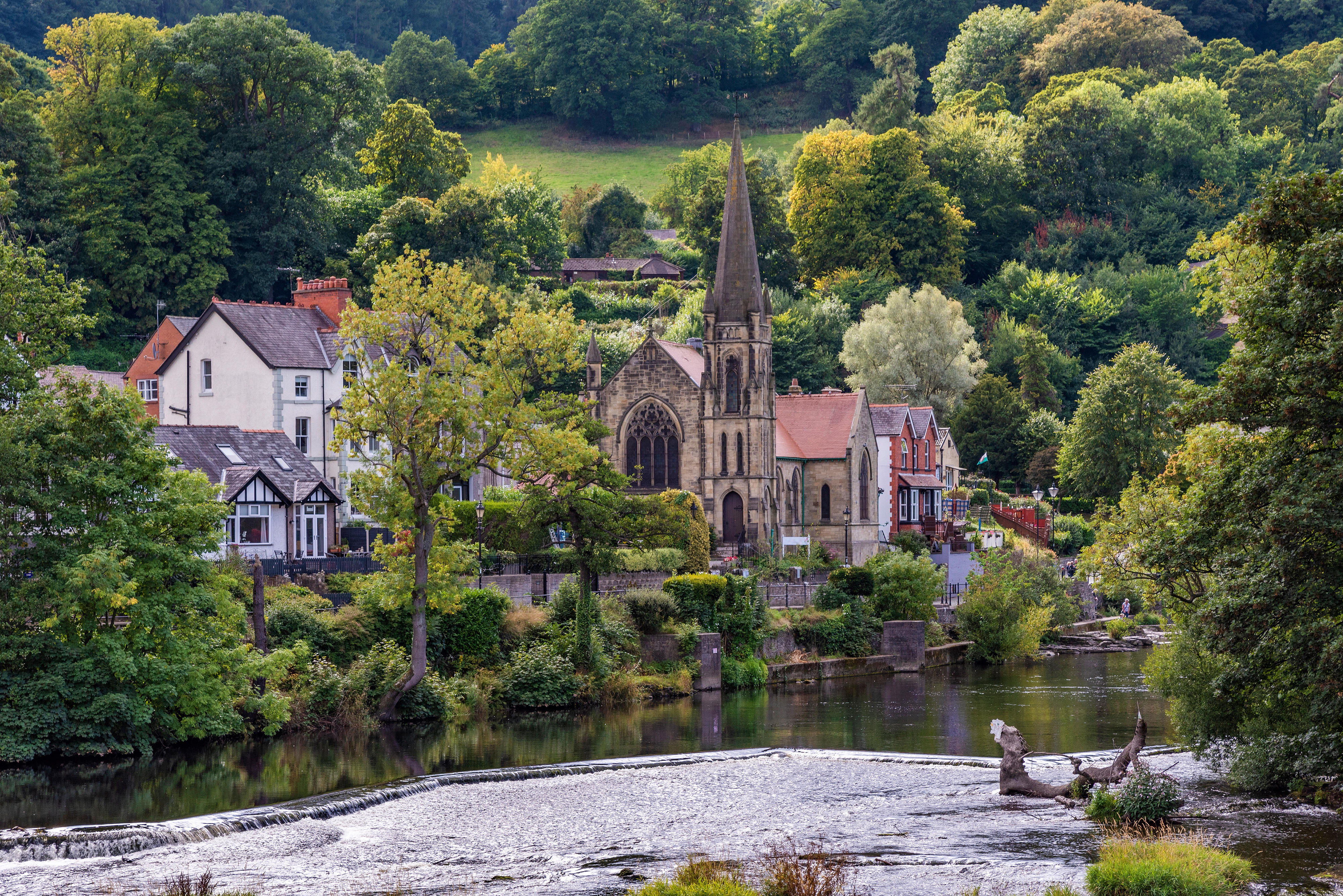 About time: The fastest and slowest moving housing markets revealed
About time: The fastest and slowest moving housing markets revealedNew research by Zoopla has shown where it's easy to sell and where it will take quite a while to find a buyer.
By Annabel Dixon
-
 Betty is the first dog to scale all of Scotland’s hundreds of mountains and hills
Betty is the first dog to scale all of Scotland’s hundreds of mountains and hillsFewer than 100 people have ever completed Betty's ‘full house’ of Scottish summits — and she was fuelled by more than 800 hard boiled eggs.
By Annunciata Elwes